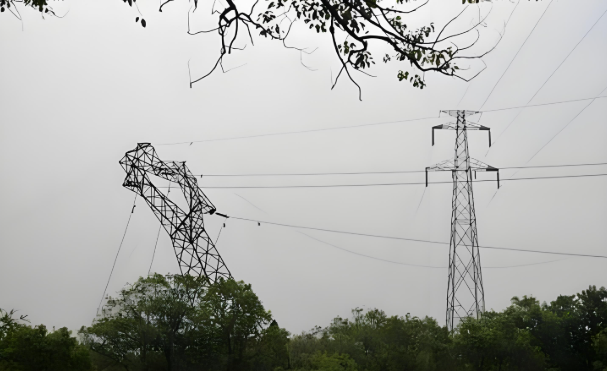High-voltage towers supporting the operation of the power grid have been exposed to the complex environment in the field for a long time, facing many safety hazards.Geological subsidence, landslides and other geological disasters, strong winds, heavy rain, snow and ice and other extreme weather, as well as human damage, material aging and other factors may lead to tilt, settlement, structural deformation of the tower and other safety hazards, and in serious cases, may even lead to the collapse of the tower and disconnection of the line, affecting the safety of power supply.
However, these traditional monitoring methods have obvious limitations.Artificial inspection is not only inefficient, limited coverage, in complex terrain and bad weather conditions, there is also a greater risk of safety; drone inspection although improved efficiency, but still subject to weather conditions, range and operating costs and other factors, it is difficult to realize all-weather, fully automatic real-time monitoring.The common problem of these monitoring methods is that it is difficult to discover sudden hidden dangers in time, and it is difficult to provide reliable guarantee for the safe operation of the power grid.
With the progress of technology, the intelligent monitoring system based on BeiDou high-precision positioning, IoT sensing technology and artificial intelligence analysis is becoming a new program to solve this problem.By deploying various types of sensors on the pole tower, key parameters such as tower tilt, vibration, stress and so on can be monitored in real time, and combined with the positioning and stable communication capability of the BeiDou system, it can realize 7×24 hours uninterrupted monitoring.When the monitoring data exceeds the safety threshold, the system can automatically trigger an early warning, providing decision-making support for power operation and maintenance personnel, and significantly improving the level of safe operation of the power grid.This intelligent monitoring mode not only makes up for the shortcomings of the traditional way, but also provides technical support for the construction of a new type of power system security protection system.
Although the high-precision positioning technology oftransmission line tower tilt online monitoring devicecan realize centimeter-level monitoring, its accuracy still needs to be further improved in the actual tower monitoring application, especially under the influence of complex terrain and multi-path effect, false alarm phenomenon occurs from time to time, which affects the reliability of monitoring.
The core challenge of adopting the sensing terminal program is that a sufficient number of sensors with stable performance must be deployed on the pole tower to ensure the comprehensiveness and accuracy of the data, otherwise it is very easy to cause frequent false alarms due to the failure of individual sensors or lack of data.
The monitoring technology based on image recognition faces the problem of algorithm optimization, which not only needs to redefine the intelligent analysis algorithm adapted to different scenarios, but also needs to make innovative breakthroughs in arithmetic support.For example, in extreme weather conditions such as typhoons and blizzards, it is necessary to ensure that the camera installation is stable and motionless, and at the same time, it is also necessary to solve the impact of bad weather on the image quality, which puts forward extremely high requirements for hardware stability and algorithm robustness.The existence of these technical bottlenecks makes the large-scale application of satellite monitoring in the field of electric power tower safety still faces many challenges, and it is urgent to make further breakthroughs in sensor accuracy, algorithm optimization and system stability.





